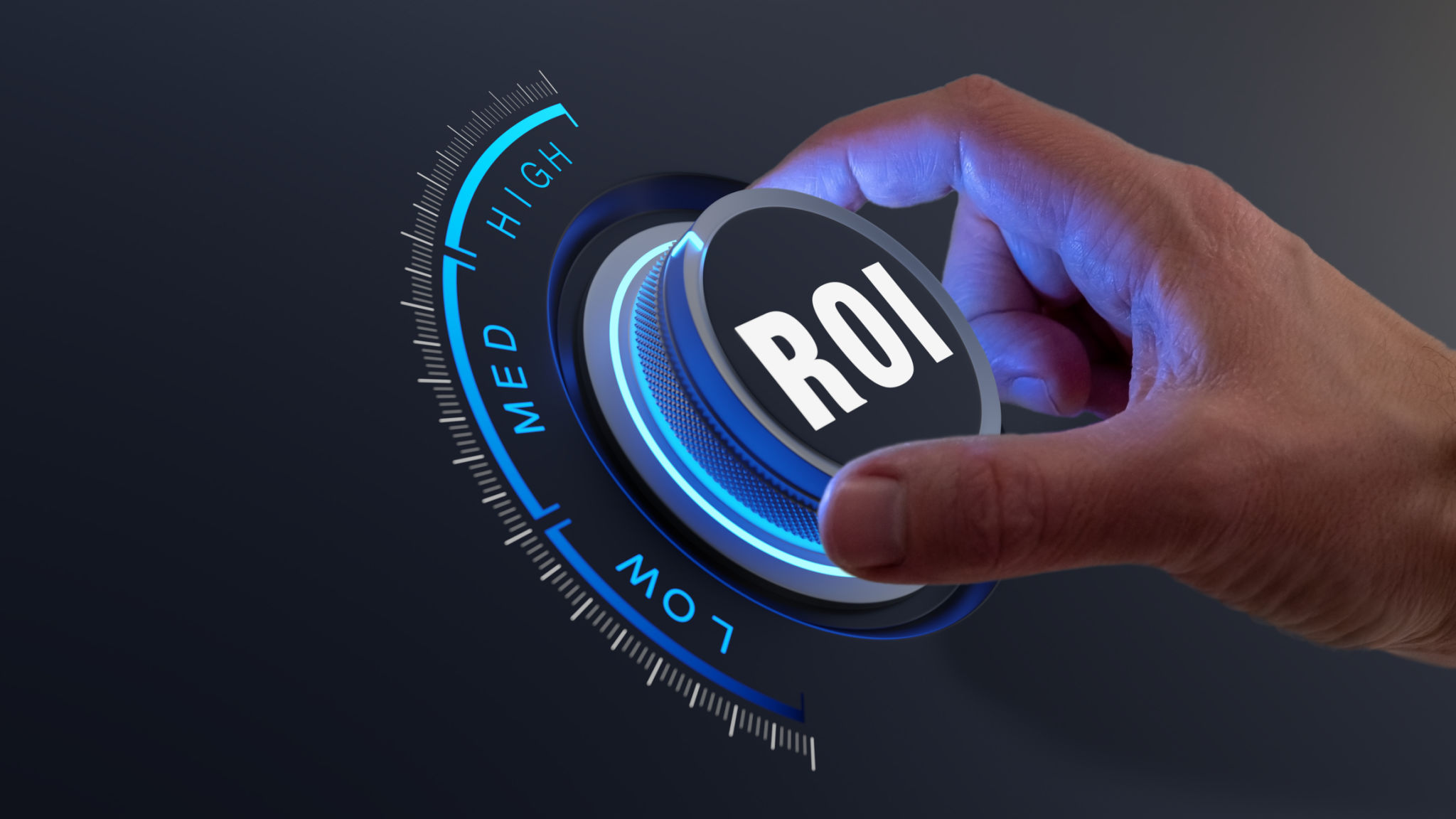Maximizing Your ROI with Paid Advertising: Expert Tips
MM
Understanding the Basics of ROI in Paid Advertising
Return on Investment (ROI) is a critical metric for any business looking to assess the effectiveness of its advertising strategies. In simple terms, ROI measures the profit generated from your advertising efforts relative to the cost of those efforts. A positive ROI indicates that your campaigns are profitable, while a negative ROI suggests the opposite. Understanding this basic principle is essential to ensuring that your advertising dollars are spent wisely.

In the realm of paid advertising, ROI can be influenced by several factors, including the quality of your ad creative, targeting accuracy, and the overall competitiveness of your industry. Achieving a high ROI requires a strategic approach that aligns with your business goals and effectively reaches your target audience.
Setting Clear and Measurable Goals
Before you embark on any paid advertising campaign, it is crucial to set clear and measurable goals. These goals should align with your overall business objectives and provide a benchmark against which you can measure success. Common goals might include increasing website traffic, generating leads, or boosting sales.
Setting Specific, Measurable, Achievable, Relevant, and Time-bound (SMART) goals helps to create a focused strategy and enables you to track progress effectively. By clearly defining what success looks like, you can better allocate your resources and adjust your tactics as needed to maximize ROI.
Choosing the Right Platforms
The choice of advertising platforms plays a significant role in determining your campaign's success. Different platforms offer various advantages, and selecting the right one depends on your target audience and business goals. For instance, Google Ads might be ideal for reaching users actively searching for products, while social media platforms like Facebook or Instagram can be great for brand awareness and engagement.

It is essential to understand the strengths and weaknesses of each platform and how they align with your campaign objectives. Conducting thorough research and possibly testing multiple platforms can help identify the most effective channels for your business.
Optimizing Ad Creative and Targeting
A critical aspect of maximizing ROI is ensuring that your ad creative and targeting are optimized. High-quality ad creative captures attention and encourages engagement. This includes compelling visuals, persuasive copy, and clear calls-to-action that resonate with your audience.
Equally important is precise targeting. Leveraging data insights to target specific demographics, interests, and behaviors can significantly enhance the performance of your campaigns. Advanced targeting options allow you to reach audiences most likely to convert, thereby increasing the efficiency of your ad spend.
Monitoring and Analyzing Performance
Continuous monitoring and analysis of your campaigns are vital to understanding what works and what doesn't. Utilize analytics tools to track key performance indicators (KPIs) such as click-through rates (CTR), conversion rates, and cost per conversion.

By regularly reviewing these metrics, you can make informed decisions about where to make adjustments. Whether it's tweaking ad creatives, refining targeting options, or reallocating budget across platforms, data-driven decisions are crucial to improving ROI over time.
A/B Testing for Continuous Improvement
A/B testing is an invaluable method for optimizing paid advertising campaigns. By testing different versions of an ad, you can identify which elements perform best. This might include variations in headlines, images, or calls-to-action.
Implementing A/B tests allows you to make evidence-based changes that enhance campaign performance. Over time, these incremental improvements can lead to significant gains in ROI by ensuring that your ads are as effective as possible.
Adjusting Budget Allocation
Finally, effective budget management is crucial for maximizing ROI. Regularly review the performance of your campaigns and adjust budget allocations accordingly. This might involve shifting funds towards high-performing ads or platforms while scaling back on underperforming ones.

Flexibility in budget allocation allows you to capitalize on opportunities and respond to changes in market conditions swiftly. By maintaining a dynamic approach to budget management, you can ensure that every dollar spent contributes positively to your overall ROI.
